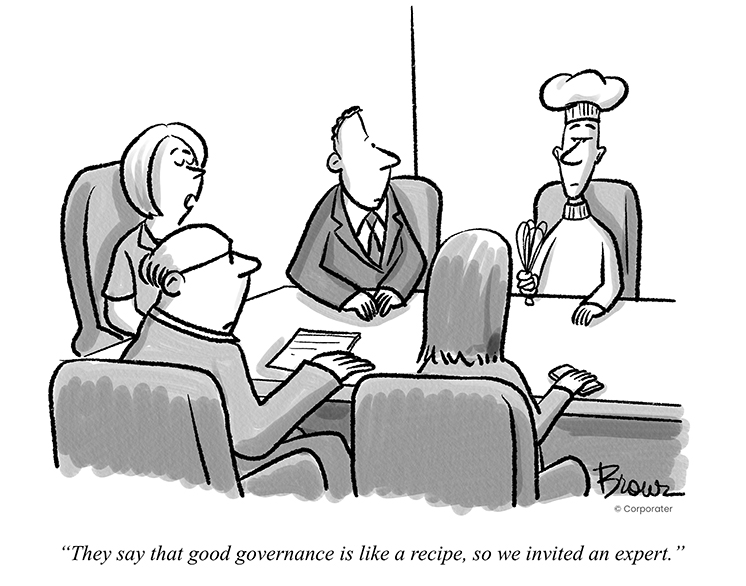
As we write this, objectives and key results (OKR) are definitely enjoying a moment. Popularity is sky-high, with implementation numbers soaring globally, and no wonder. When applied with rigor and discipline, OKR can deliver enhanced focus, alignment, employee engagement, and numerous other benefits. It’s that pesky “rigor and discipline” phrase we’d like to acknowledge and explore here. And by the way, this applies to any strategy execution effort, be it OKR, Balanced Scorecard, 4DX, and so on. Three of the most sought-after benefits of any execution initiative are accountability, alignment, and focus. Let’s examine each through the lens of governance.
- Negotiate and analyze to drive accountability
Let’s say you decide to implement OKR at the team level. All teams now have objectives and key results. This step alone will not boost accountability. It has to be accompanied by at least a two-step process. Step one is the approval of OKRs. Each team must draft OKRs, then enter into a negotiation with their boss to ensure both strategic alignment with company goals, and shared understanding as to the desired business impact of the OKRs. Come the end of the quarter, it’s time for step two: Each team needs to meet once again with their leader, this time to review and analyze results. What happened, why did it happen, what are we going to do about what we learned? Accountability stems from the discussion of OKRs at both the time of creation, and more importantly, at the time of review. - Highlight dependencies to increase alignment
Unfortunately, instituting OKR doesn’t magically eliminate silos and promote cross-functional collaboration. OKRs can help with this, but only if you put in place the mechanisms for real conversations to take place on dependencies and shared OKRs. When crafting OKRs, each team should document who they rely on for assistance and carefully and specifically — not using bland generalities — document exactly what they need, whether it’s in the form of engineering hours, marketing expertise, accounting advice, and so on. Saying “We need marketing’s help on this” does nothing to solve your alignment problem. Articulating dependencies is the easy part. Now you must find the discipline to ensure teams with dependencies hold face-to-face meetings to discuss what is required from each, should they hope to achieve their OKRs. And, building on that, you’ll require another layer of governance to discuss escalations for the inevitable circumstance of teams not agreeing on levels of support. - Engage in disciplined thinking to enhance focus
All strategy execution systems are designed to help you focus on what matters most, but we have seen many organizations do the opposite. Rather than engage in the mentally taxing effort of methodical thinking about what is most vital, they do the opposite and litter their roster of OKRs with anything that could possibly impact success. Governance in this case takes the form of disciplined strategic thought when contemplating and drafting OKRs. There is likely an inverse relationship between the amount of time taken to draft an OKR, and its effectiveness as a driver of execution. Those that are thrown together quickly tend to feature generic phrases such as “increase efficiency,” and “improve quality.” Vague words that are open to interpretation will not drive the clarity and focus promised by OKRs.
Nothing documented here is necessarily difficult. There may be logistical challenges to overcome, and habits to form, but at the end of the day, should you hope to get the most from your investment in strategy execution, what it truly requires is a commitment to put in place the machinery of good governance.
